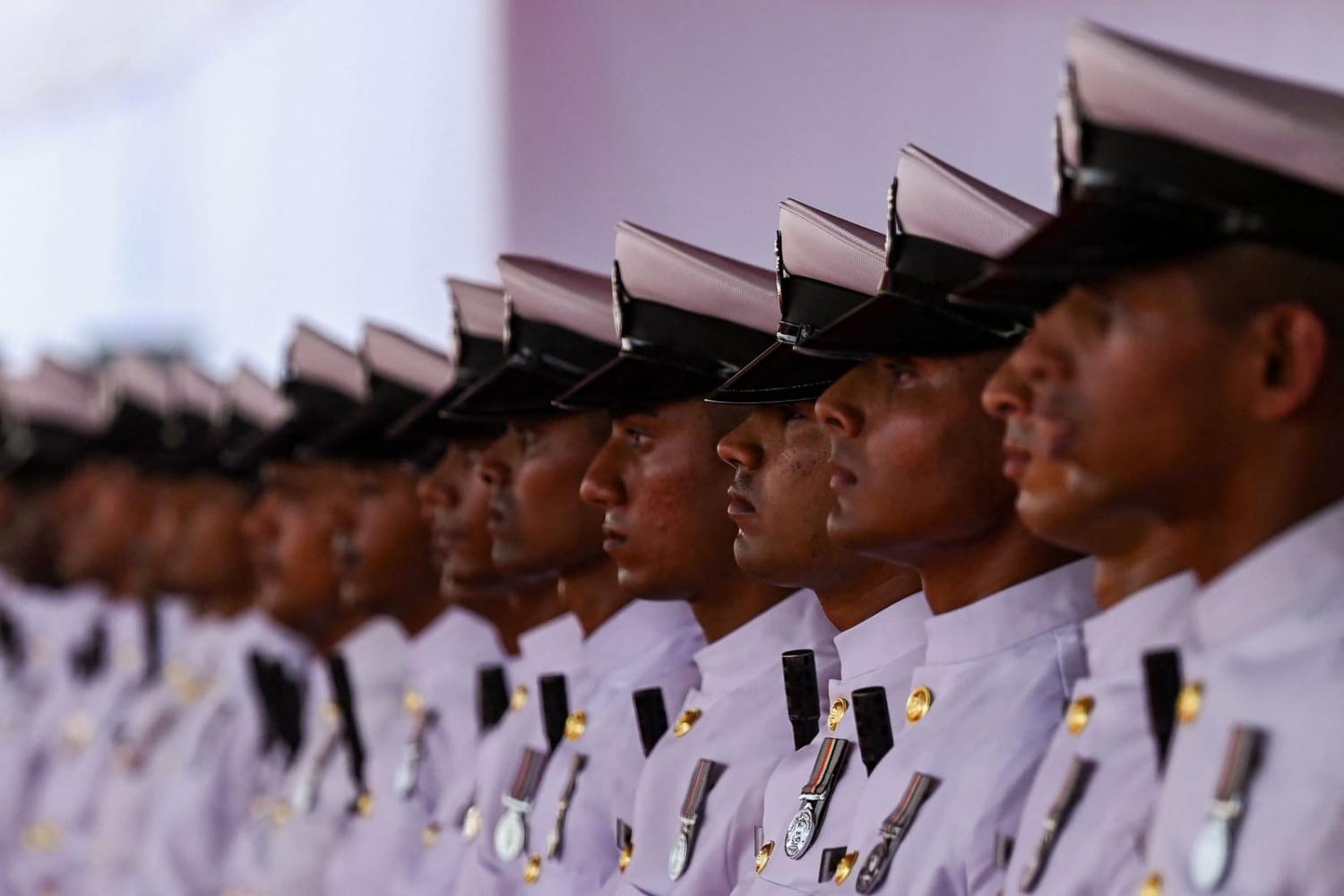In recent years, New Delhi has increasingly focused on expanding its strategic footprint in Southeast Asia. While key states have expressed impatience with India’s slow steps towards regional integration in Southeast Asia, given New Delhi’s reluctance to join the Regional Comprehensive Economic Partnership (RCEP), high level exchanges between India and ASEAN in defence cooperation are yielding significant dividends.
By initiating new joint exercises and training programs in the maritime domain, increasing the intensity of naval port calls and coordinated patrols, and extending its jointly developed defence systems to key ASEAN partners, New Delhi is gradually expanding its naval presence in Southeast Asia.
Last month, the navies of India and Singapore co-hosted the inaugural ASEAN-India Maritime Exercise (AIME), which saw participation from all ten ASEAN members, with eight fielding naval vessels (Laos, a landlocked country, and Cambodia did not). The AIME exercise proceeded in two phases, with a harbour phase held at the Changi naval base, Singapore, and a sea phase conducted in the South China Sea. New Delhi participated in the naval exercises by fielding its locally built vessels INS Delhi and INS Satpura, further demonstrating India’s increasing indigenous naval capabilities. China’s assertiveness and intimidation tactics were observed during the ASEAN-India joint naval drills, with reports China sent maritime militia boats to the area where exercises were being conducted in the Vietnamese economic exclusion zone to deliberately cross paths with the participating navies.
Emerging geopolitical and balance of power considerations in the South China Sea are driving key regional states closer to India, with New Delhi showing a willingness to improve their maritime defence and security capabilities. Given that five ASEAN members – Vietnam, Philippines, Brunei, Indonesia, and Malaysia – share maritime territorial disputes with China, New Delhi is evidently seen as a reliable security partner to counter Beijing’s assertiveness in the disputed waters.
An enhanced India-ASEAN maritime partnership will be the driver of this relationship. Even as the Indian Navy conducts bilateral and trilateral exercises with partners such as Singapore, Thailand and Indonesia, a joint exercise with ASEAN further reflects on India’s “Act East Policy” having a distinct naval cooperation dimension.
From New Delhi’s perspective, it helps the Indian Navy expand its maritime footprint beyond traditional areas of responsibility in the Indian Ocean region. Additionally, enhanced India-ASEAN naval cooperation benefits India’s defence exports with many regional states having expressed interest in acquiring Indian weapon systems, further proving a boost to Prime Minister Narendra Modi’s ambitious defence export goals. While Philippines has purchased the Indian-Russian jointly developed BrahMos Missile System, Vietnam and Indonesia are also in negotiations with New Delhi over the purchase of the anti-ship missile system.
India and ASEAN will find it useful to develop information sharing mechanisms which will help them to better understand and patrol their vast maritime space. While joint exercises and coordinated patrols are the first steps towards expanding military-to-military maritime cooperation, increasing the frequency and scope of such exercises by making it a routine exercise can allow greater interoperability. To further build on the growing momentum, concluding logistics access and white shipping agreements could also enhance India-ASEAN maritime cooperation.

